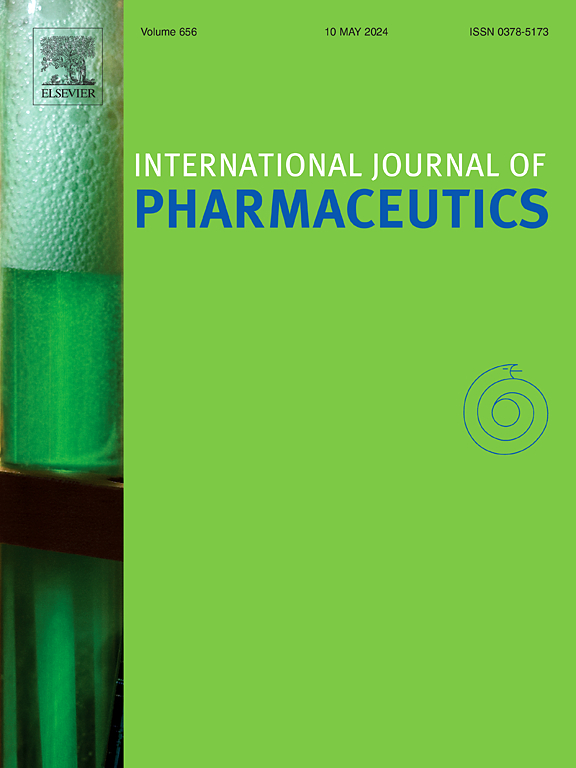Rubicon siRNA-encapsulated liver-targeting nanoliposome is a promising therapeutic for non-alcoholic fatty liver disease
IF 5.3
2区 医学
Q1 PHARMACOLOGY & PHARMACY
引用次数: 0
Abstract
Non-alcoholic fatty liver disease (NAFLD) is a prevalent metabolic liver disorder worldwide, and effective therapeutic strategies for its treatment remains limited. In this article, we introduced Glipo-siRubi, a hepatocytes-targeting RNA interference (RNAi) nanoliposome for suppression of Rubicon expression, aiming to achieve precise regulation of autophagy in NAFLD. Autophagy activation induced by Rubicon suppression resulted in reduced endoplasmic reticulum stress and intracellular lipid accumulation in vitro. Moreover, Glipo-siRubi administration exhibited remarkable therapeutic efficacy, characterized by decreased liver lipid accumulation, ameliorated histopathology and improved insulin sensitivity in mice with western diet, indicating its notable potential against NAFLD. By inducing autophagy activation, the hepatocytes-targeting Glipo-siRubi provided a promising method for NAFLD treatment, addressing the limitations of current approaches. Our study highlighted the significance of Rubicon-specific suppression in NAFLD treatment, offering a specific, safe, and efficient approach to mitigate NAFLD.

求助全文
约1分钟内获得全文
求助全文
来源期刊
CiteScore
10.70
自引率
8.60%
发文量
951
审稿时长
72 days
期刊介绍:
The International Journal of Pharmaceutics is the third most cited journal in the "Pharmacy & Pharmacology" category out of 366 journals, being the true home for pharmaceutical scientists concerned with the physical, chemical and biological properties of devices and delivery systems for drugs, vaccines and biologicals, including their design, manufacture and evaluation. This includes evaluation of the properties of drugs, excipients such as surfactants and polymers and novel materials. The journal has special sections on pharmaceutical nanotechnology and personalized medicines, and publishes research papers, reviews, commentaries and letters to the editor as well as special issues.

 求助内容:
求助内容: 应助结果提醒方式:
应助结果提醒方式:


